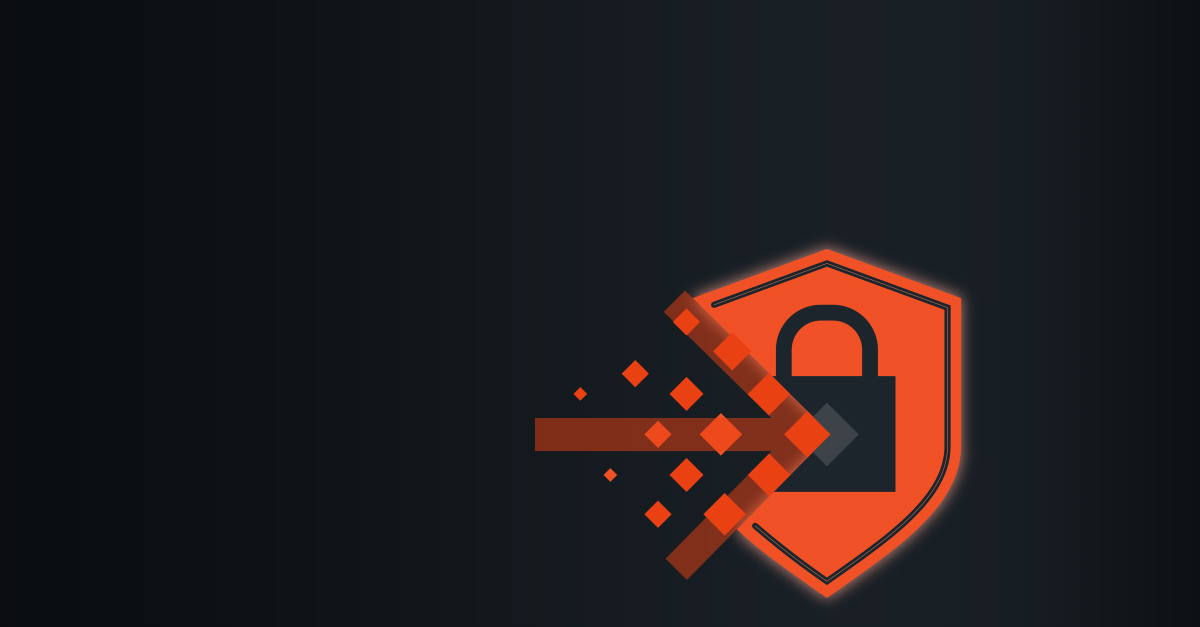Modern Management will come into its own
I spent much of 2021 talking about Modern Management, and there’s a good reason for that: 80% of the projects that we undertook this year were centred around Modern Management. There’s no reason to believe that level of interest won’t carry through into 2022 as well.
Modern Management is an umbrella term for a collection of strategies, services and software that is designed to help businesses to deploy and manage assets in the ‘new world’. It can be used to protect employees and the devices and systems they are logged into, regardless of what they are doing, where they are doing it from, and what they’re working on.
It also ensures that all people and devices requesting authorisation to connect to an organisation’s network or applications meet appropriate security standards before they can login, and then that they can only access resources that are appropriate to their level and associated permissions.
To some extent, organisations may still be refining what work in 2022 looks like. We see organisations recruiting for fully-remote workers that will rarely, if ever, attend an office. We also see employees prioritising flexibility over more conventional workplace benefits.
With so many future ways of working still up for negotiation, organisations will need to adapt their approach to Modern Management as well. It may have gotten them this far, but will require changes to fit with what the workplace of 2022 will look like.




